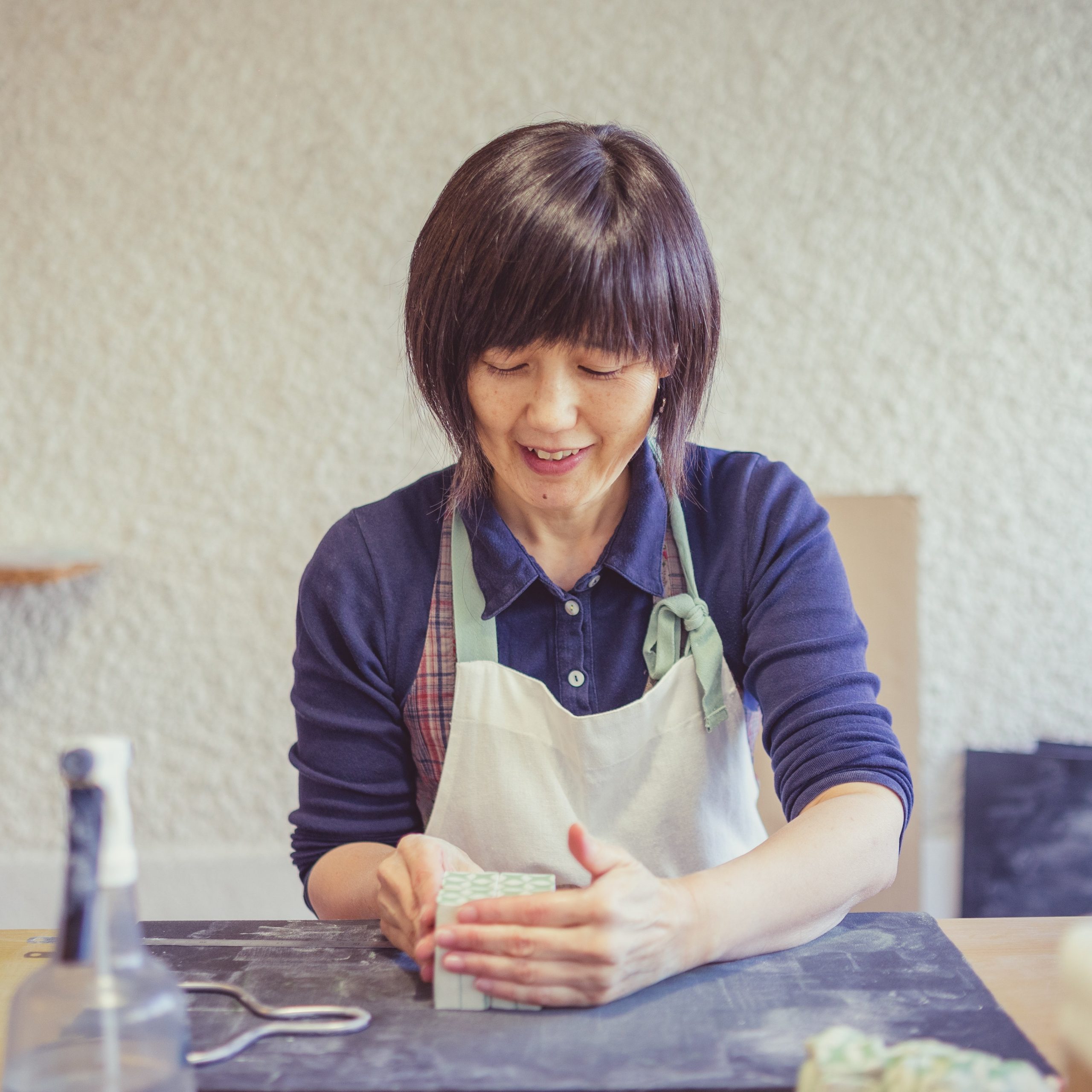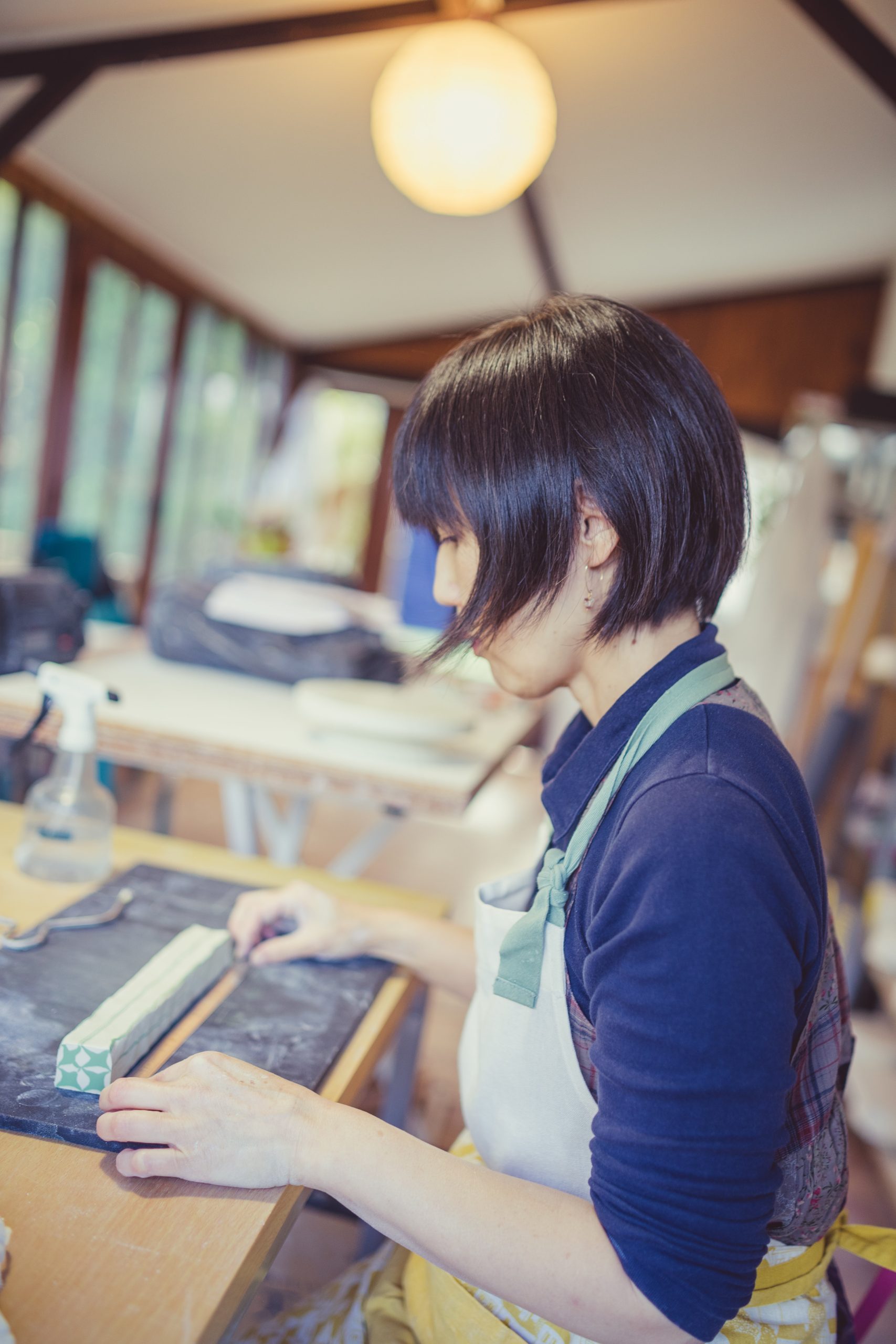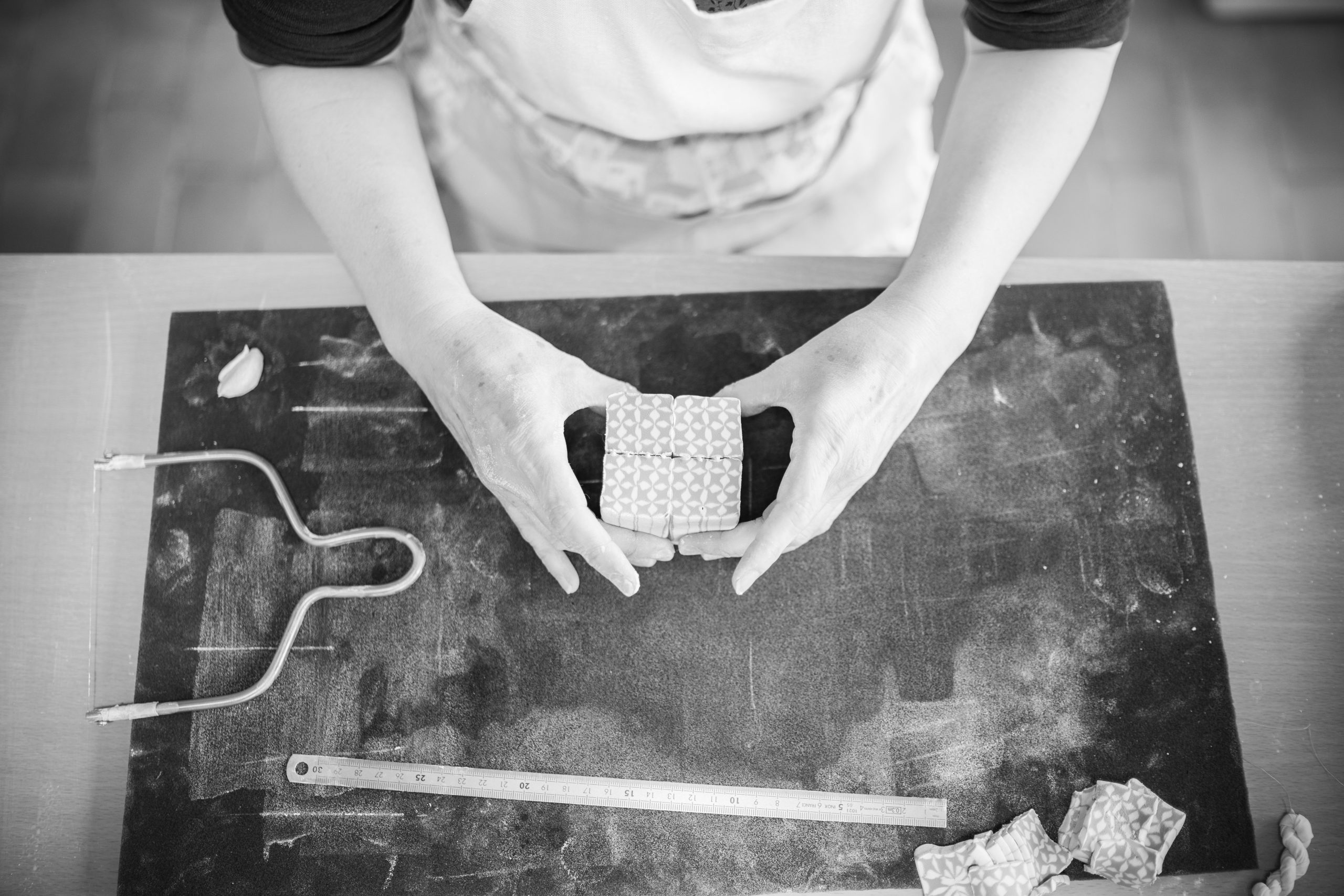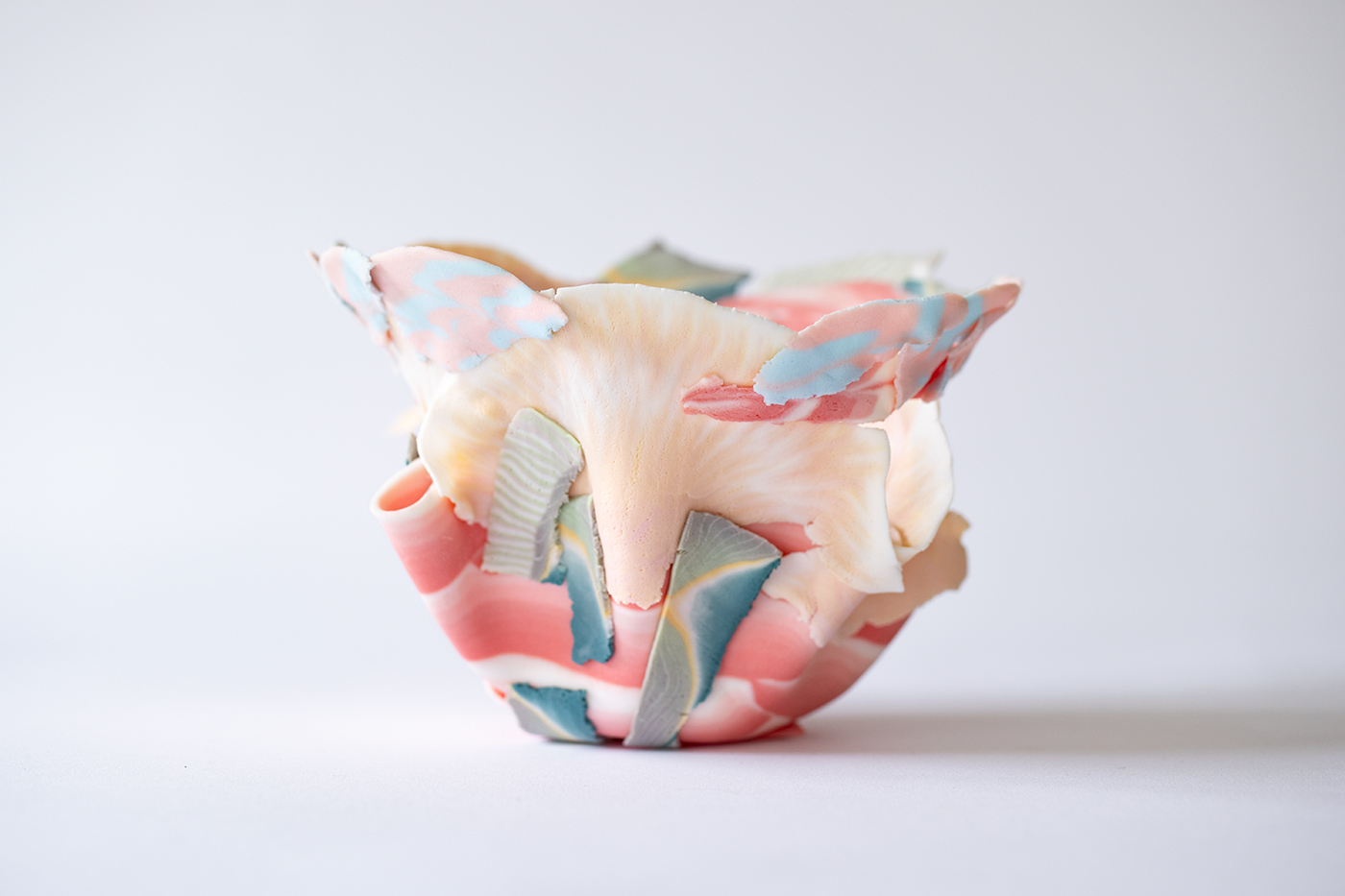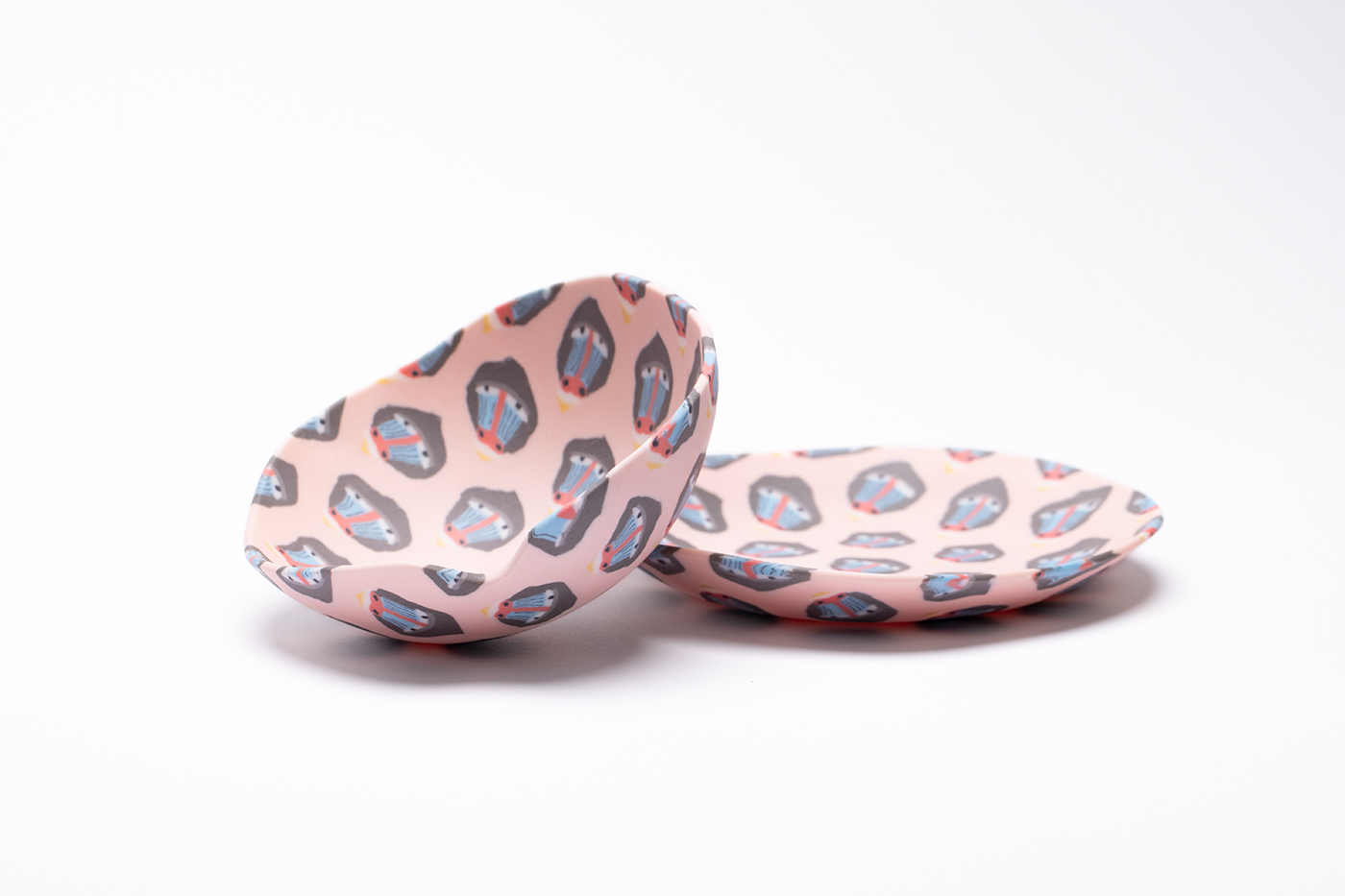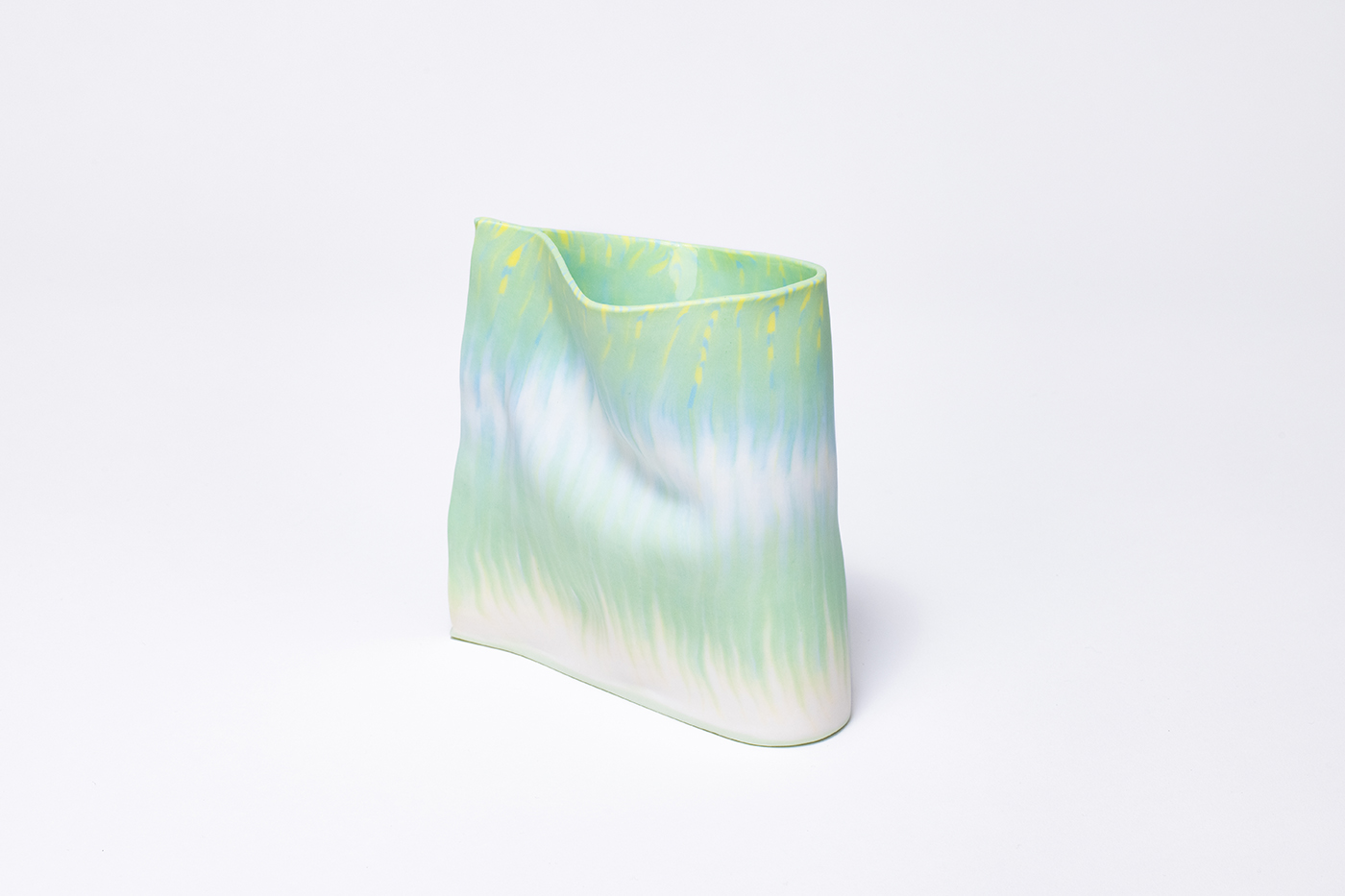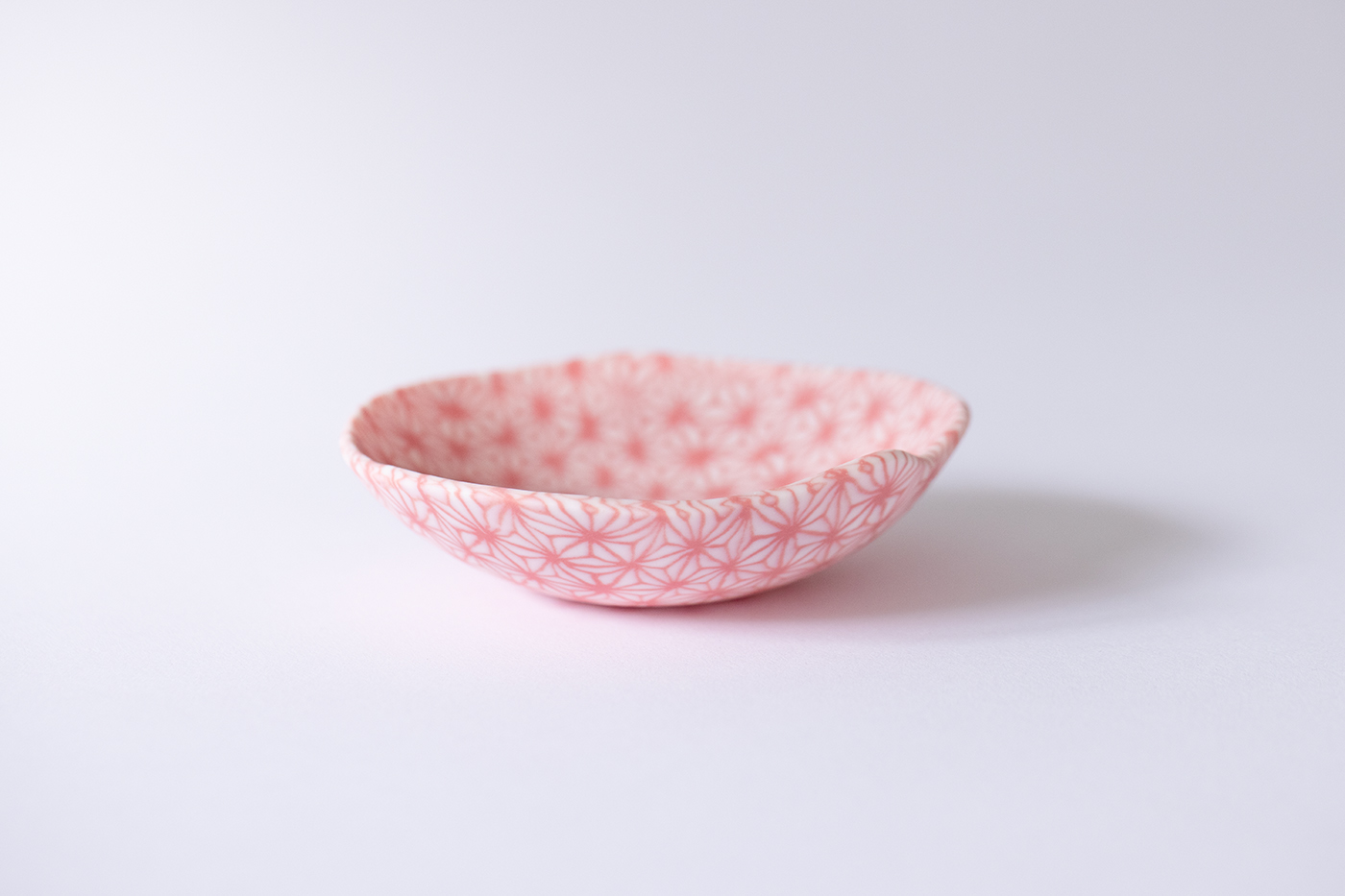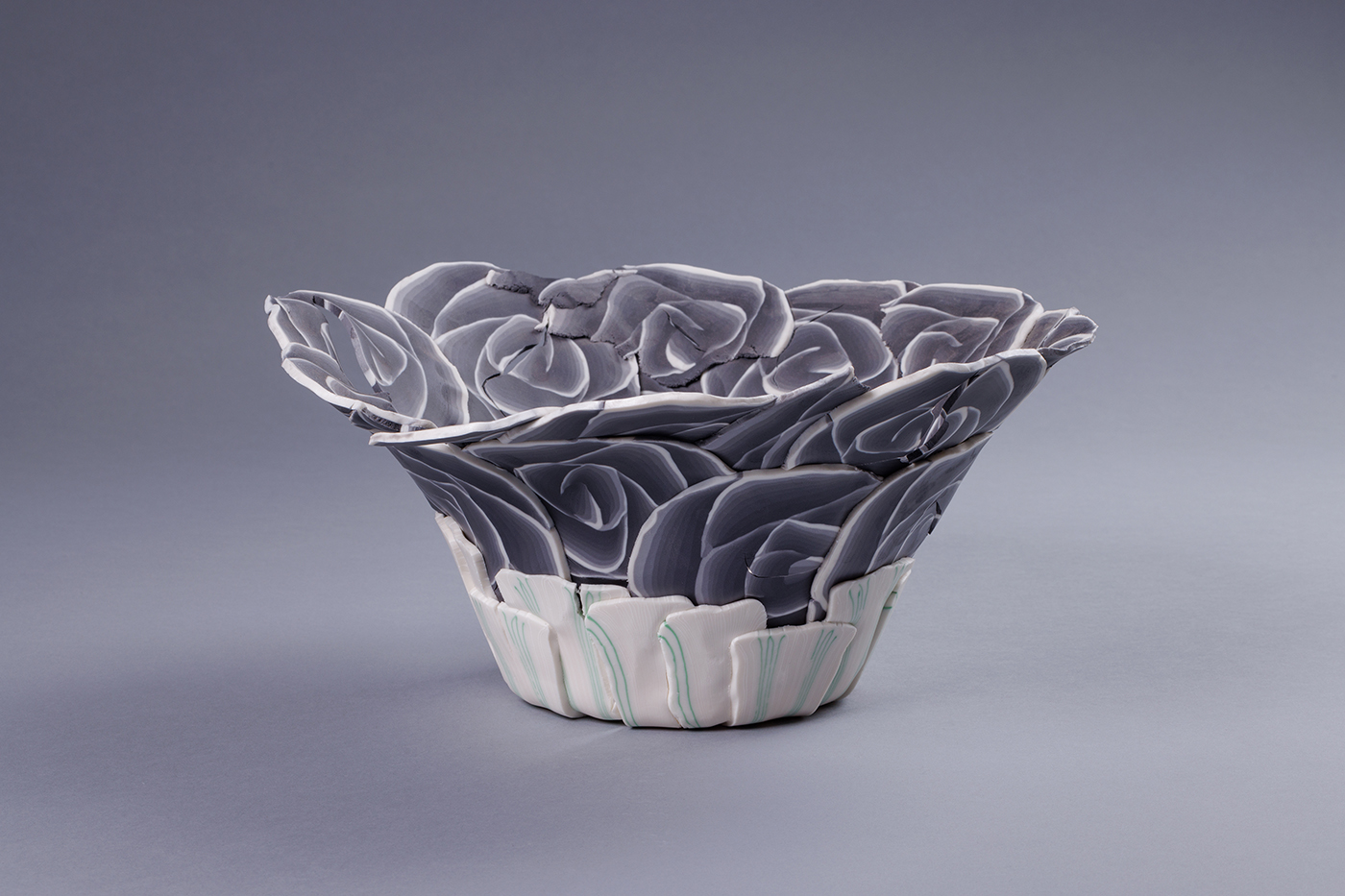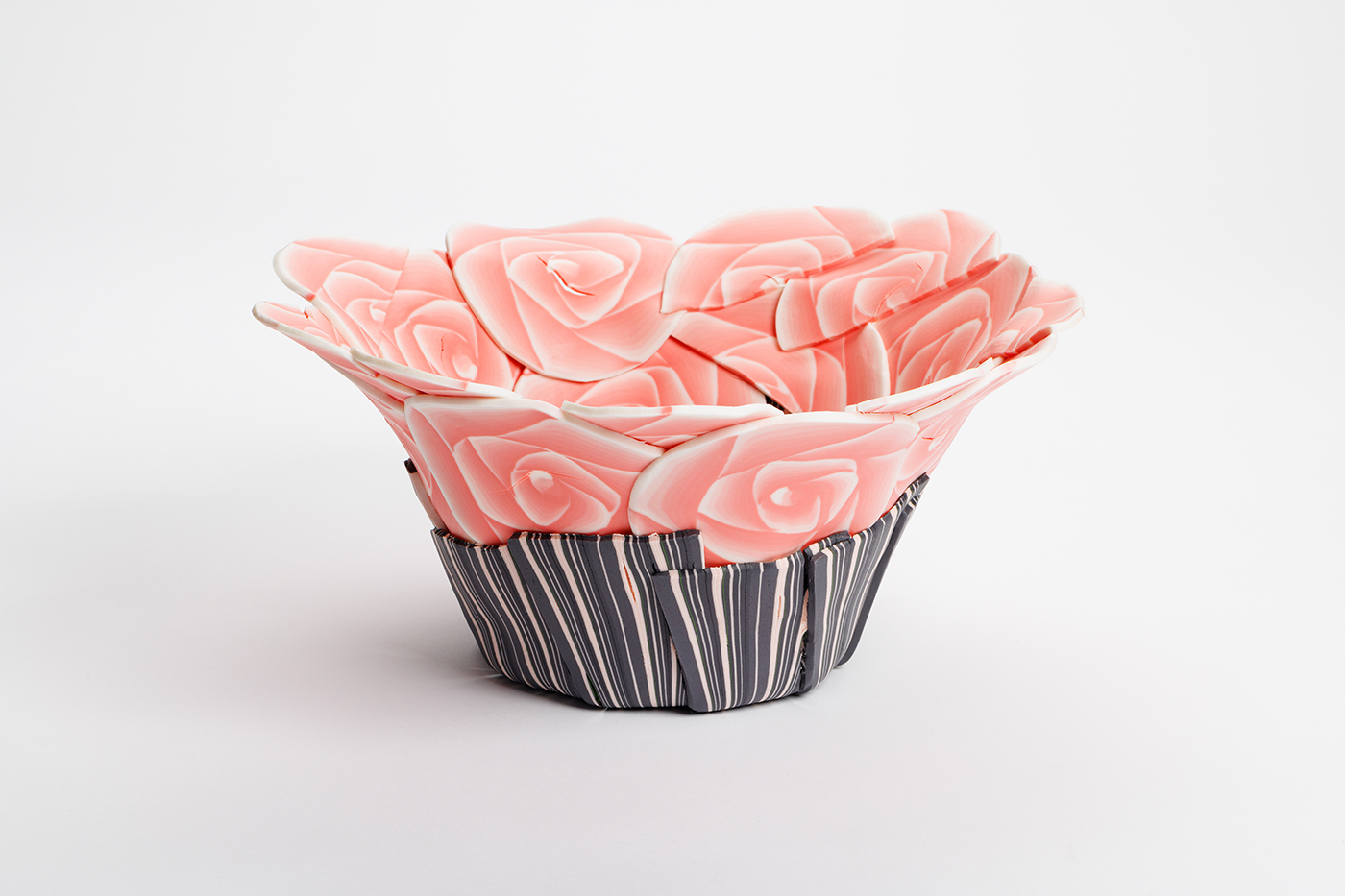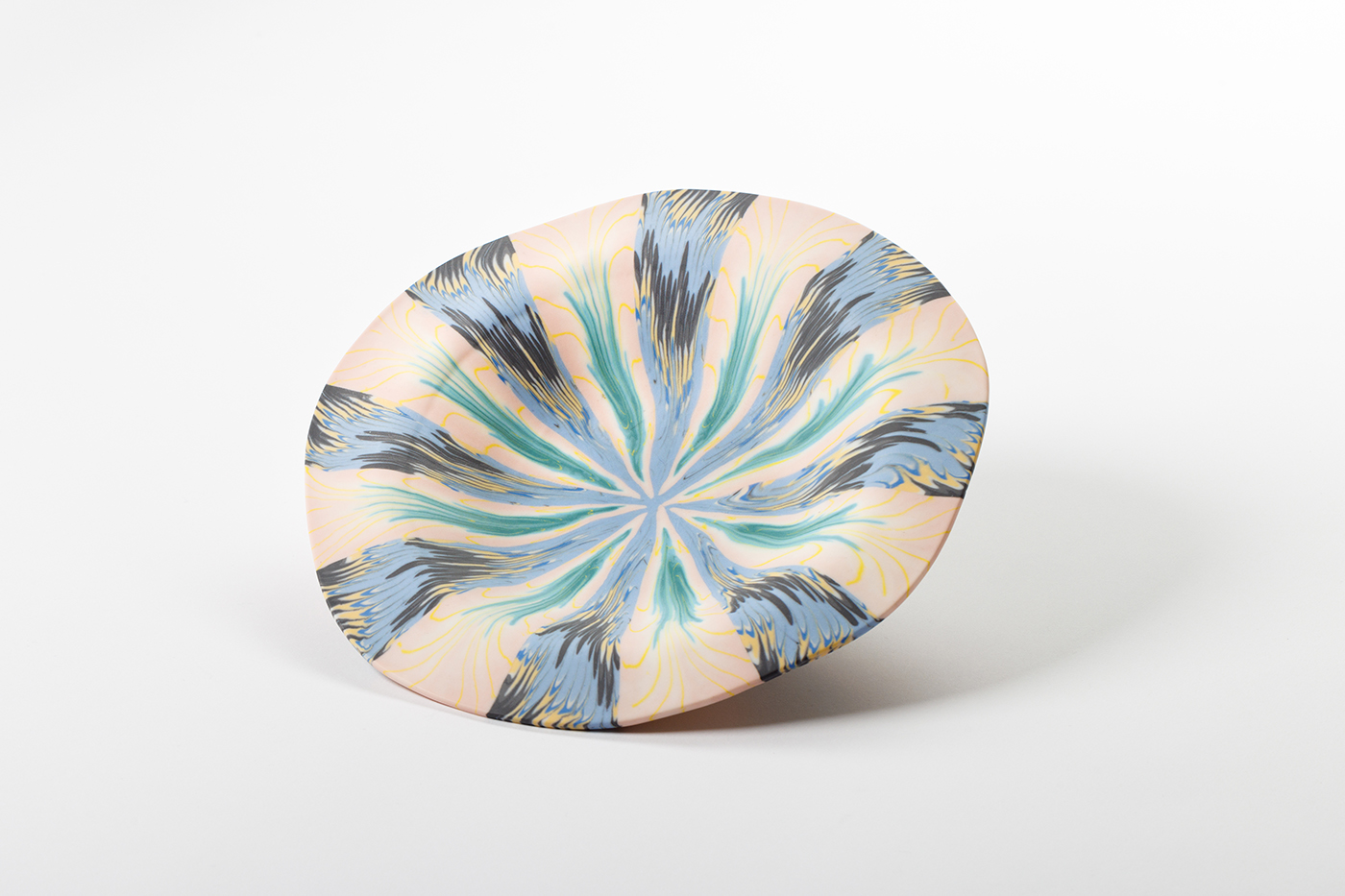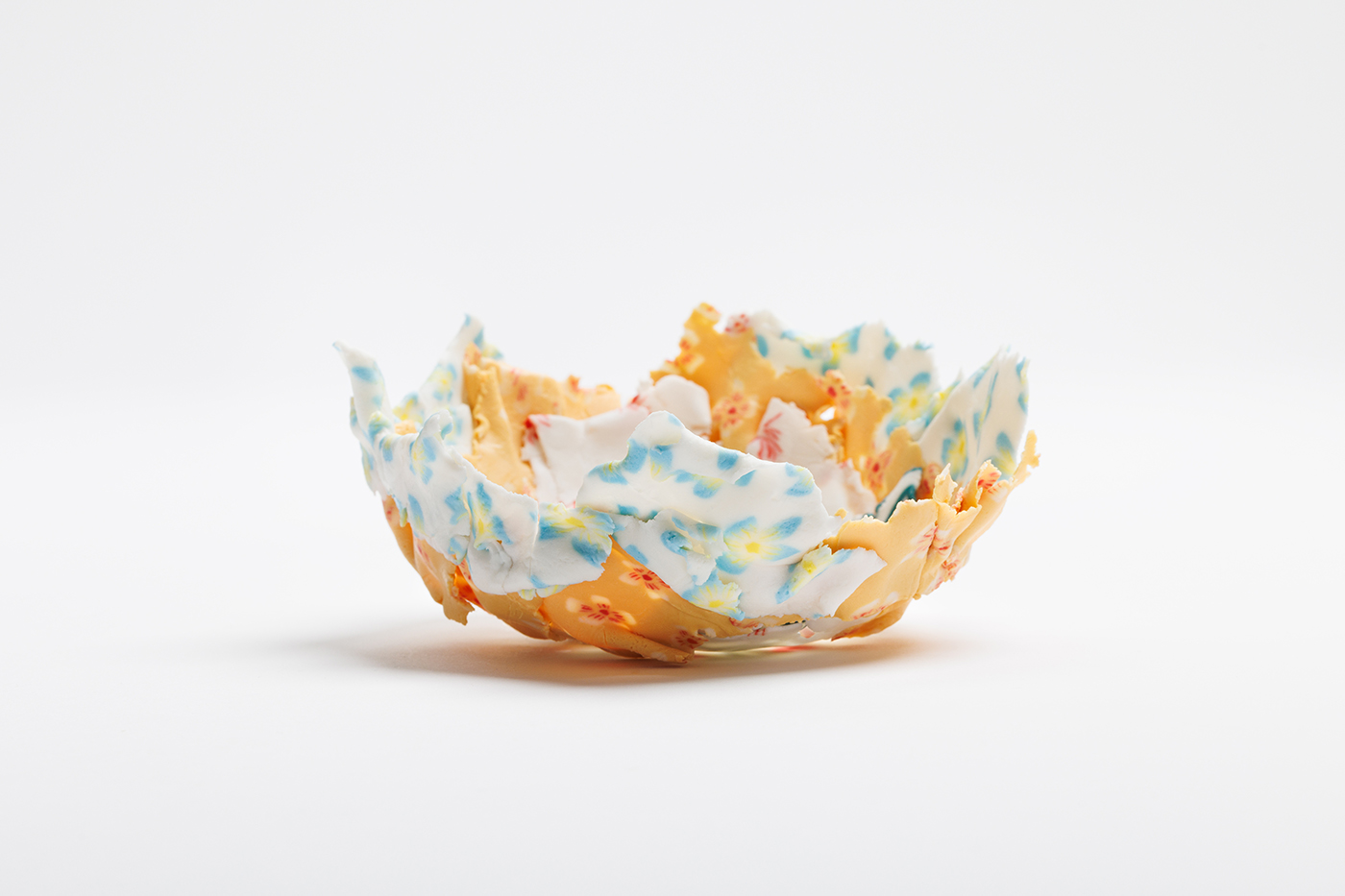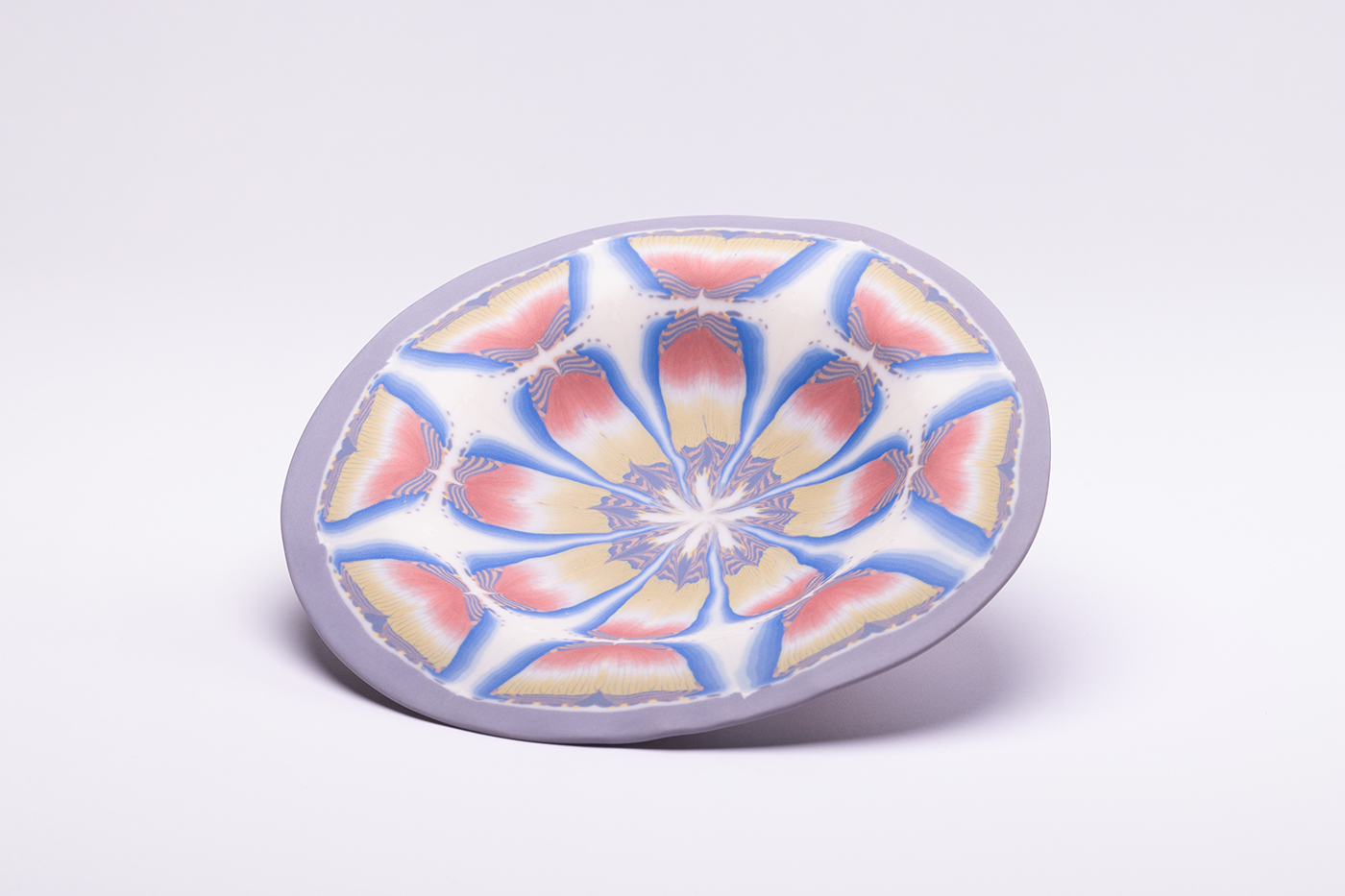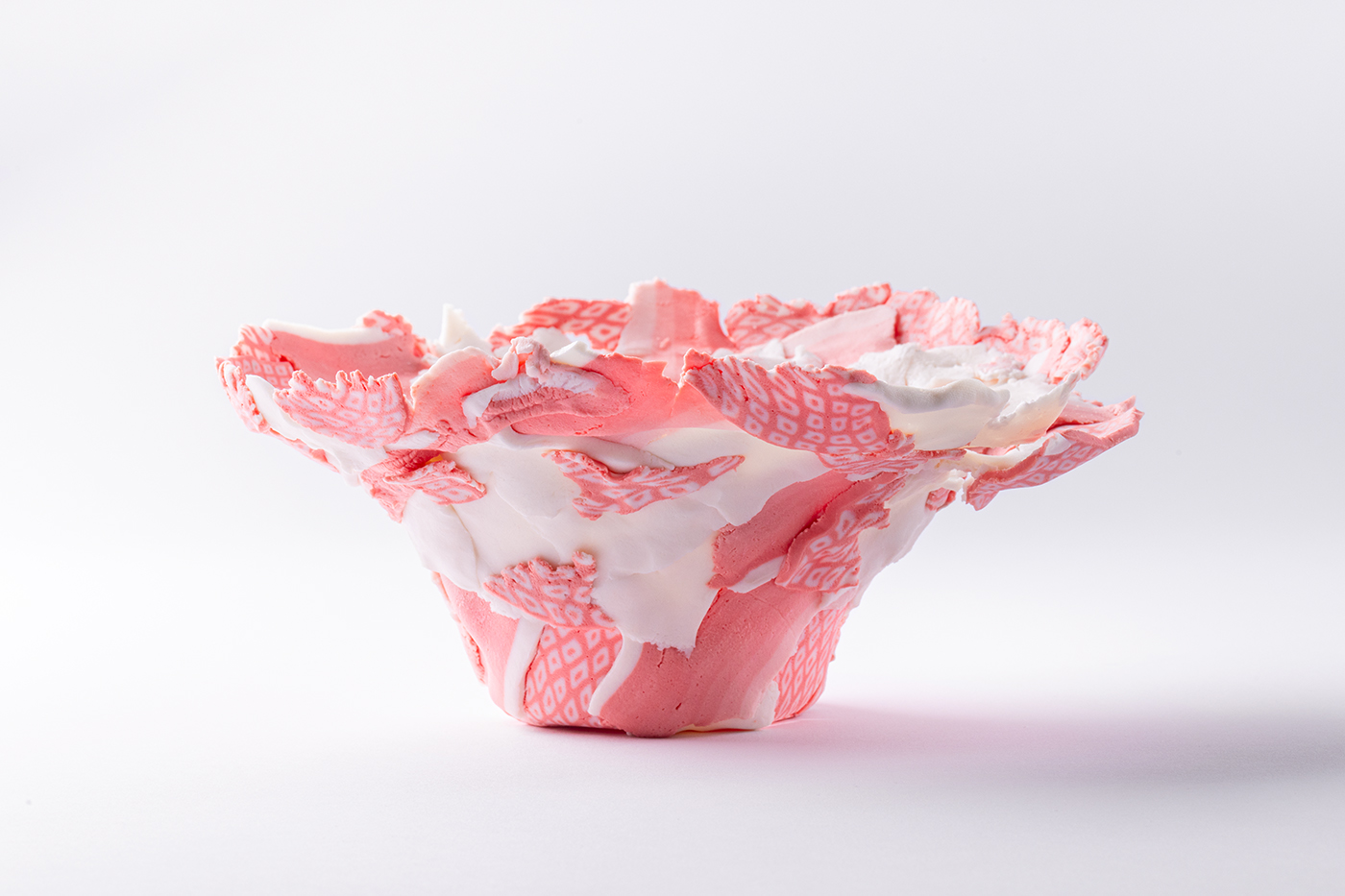During this introductory course, participants will learn how to color porcelain using pigments, then explore the basics of pattern composition using various concepts (verticality, lines, gradients, contours, etc.). The techniques used are directly inspired by Nerikomi, a Japanese method that involves creating patterns in colored clay. Each participant will put this learning into practice by creating a variety of designs, combining technical precision and personal expression.
At the end of the training, the trainee will be able to:
Nerikomi is a Japanese ceramic technique that involves creating patterns by assembling colored clays in the mass, without paint or glaze. The visual effects—abstract, geometric, or figurative—result from the direct working of the clay, which is tinted with pigments, then cut, recomposed, and shaped.
In France, the term "nériage" is often used to describe this approach, particularly for wheel-thrown pieces. Nerikomi generally refers to hand-modeled creations, although the distinction between the two remains flexible. Yuko Kuramatsu uses this term, as do her Japanese counterparts Eiji Murfushi and Mika Sato.
Working with porcelain with nerikomi requires precision and patience: its soft and fragile texture complicates handling. The risk of cracking or deformation is common, making each piece unique and demanding to produce.
Morning
- Introductions and review of the basics of Nerikomi, examples of applications in everyday life
- Learning how to color porcelain and accurately measure the color of the clay
- Creating a simple and effective first pattern, based on the concept of verticality (sausages)
Afternoon
- Exploring more complex variations of the first pattern, exploring the concept of verticality in greater detail
Morning
- Cutting the patterned slab created the day before and giving it a shape
- Creating a pattern based on lines, working on the composition and order of the colors
Afternoon
- Experimenting with interesting variations on the line pattern according to individual choices
Morning
- Preparing a color gradient
- Creating a pattern using this gradient to produce an effect Optical
Afternoon
- Creation of a second pattern using color gradients, exploring other variations
Morning
- Work on the concept of contour in pattern composition
Afternoon
- Reflection and definition of a personal project
- Review and consolidate the acquired knowledge for this project
Morning
- Completion of the personal project
Afternoon
- Continuation and finalization of the personal project with an explanation of firing and sanding
- Training debriefing
- Workshop tidying
Hands in porcelain, heart between two cultures
Originally from Japan, Yuko Kuramatsu settled in the Poitiers region several years ago, where she found a new home, conducive to creativity.
Since childhood, she has cultivated a true passion for crafts. Her mother introduced her to the art of ceramics at a very early age, taking her to discover pieces from different Japanese regions. From this curiosity grew a deep desire: not just to admire, but to create with her hands.
The real turning point came in 2012, when she met ceramicist Dany Souriau. This encounter marked the beginning of an artistic journey and her introduction to the world of clay. While training in Dany's workshop, Yuko discovered the skills of the trade, experimented with various techniques, and developed a passion for wheel-throwing, a practice that requires both rigor and sensitivity.
Little by little, she turned to a material that particularly appeals to her: porcelain. She became passionate about the technique of nerikomi (or nerikomi), which involves combining different colored clays to create patterns within the mass. This delicate and complex technique echoes her Japanese roots and her taste for understated and delicate aesthetics.
Her inspirations are echoed in the work of artisans such as Eiji Murofushi and Mika Sato, whose careers she closely follows. In turn, she began creating porcelain pieces using this method, developing a personal style at the intersection of gesture and detail.
Through Dany Souriau, she also met ceramicist Florence Beudin Lesaint. A wonderful bond developed between the three women, who met regularly to share, experiment, and develop their shared practice.
Today, Yuko Kuramatsu constructs a sensitive and refined universe, reflecting her journey between Japan and France, between memory and creation. Rooted in her new environment while remaining faithful to her origins, she shapes a body of work that speaks simultaneously of transmission, transformation, and silent beauty.
Price(s) including the cost of training, accommodation and full board, materials and personal protective equipment.
